1. Hibernaculum for Flute, Oboe, Clarinet, Bassoon and Horn
Composer: Robert Groslot
Artist(s): Focus Wind Quintet
2. Les cinq ‘Motets d’Mirages’ for Flute, Oboe, Clarinet, Bassoon and Horn
Composer: Erik Desimpelaere
Artist(s): Focus Wind Quintet
3. Interaction for Flute, Oboe, Clarinet, Bassoon, Horn and Piano
Composer: Piet Swerts
Artist(s): Focus Wind Quintet
4. Hidden Facts for Flute, Oboe, Clarinet, Bassoon and Horn
Composer: Bram van Camp
Artist(s): Focus Wind Quintet
5. High Speed Rag for Flute, Oboe, Clarinet, Bassoon and Horn
Composer: Jan Huylebroeck
Artist(s): Focus Wind Quintet

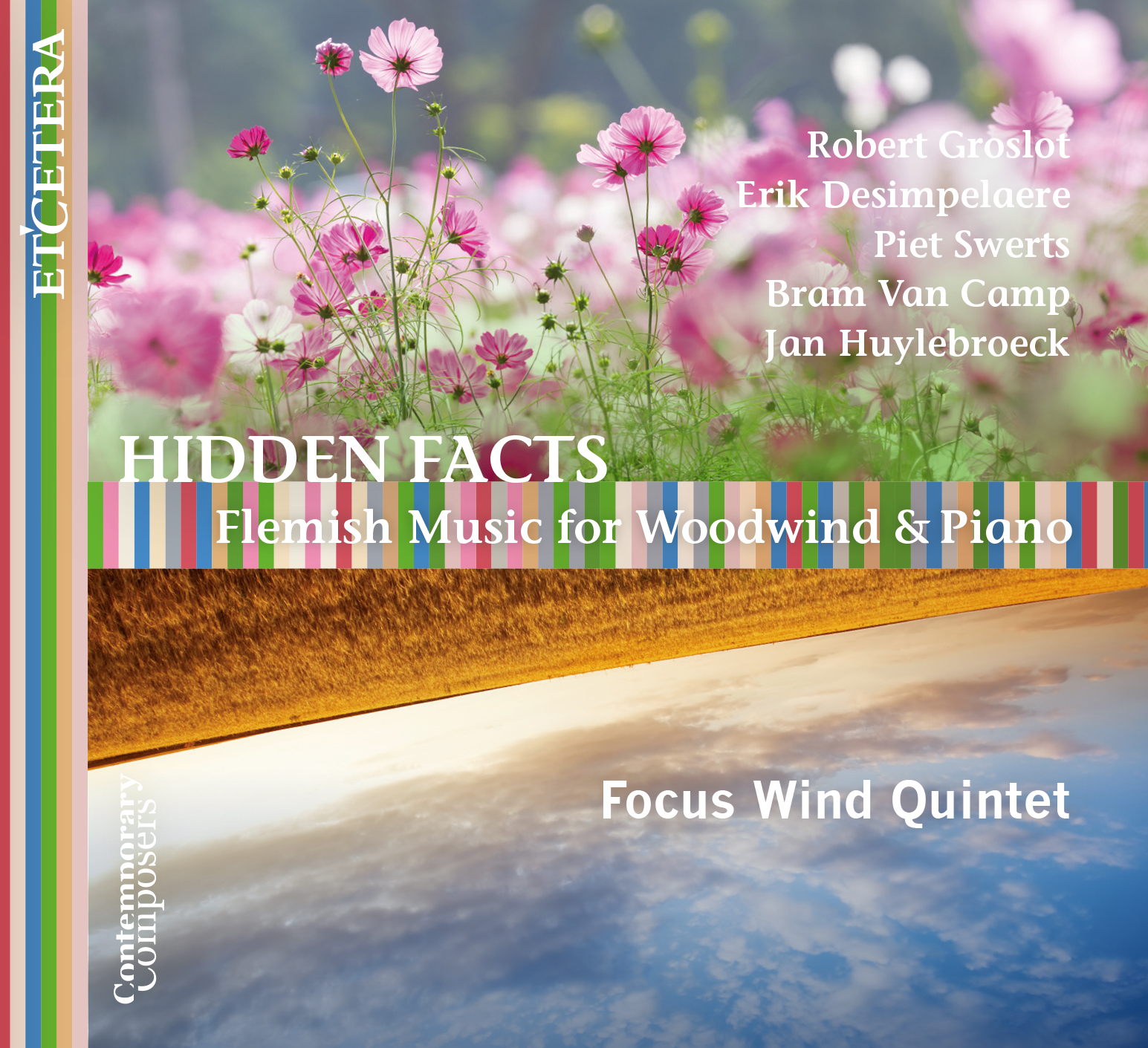
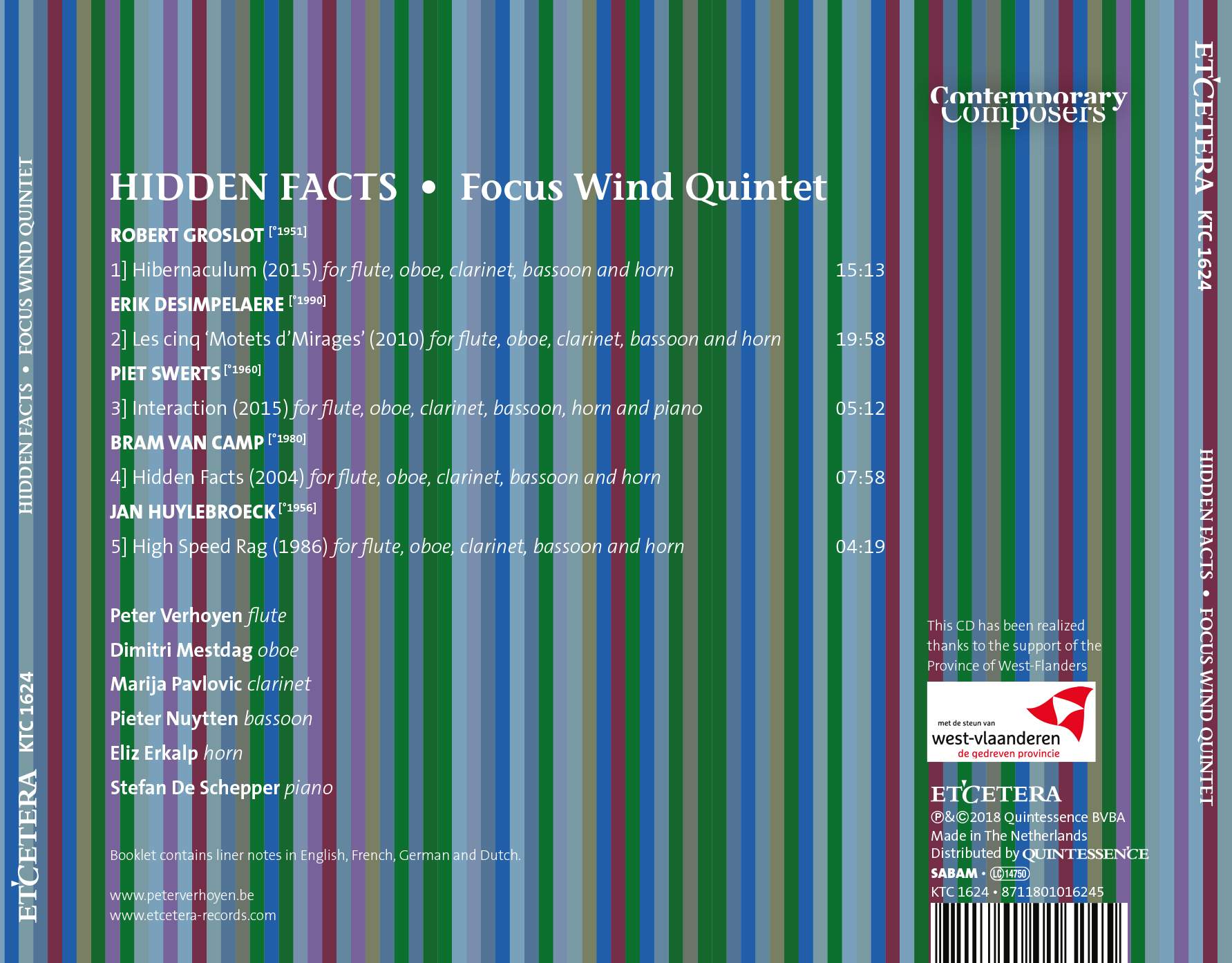

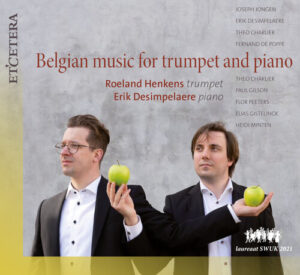
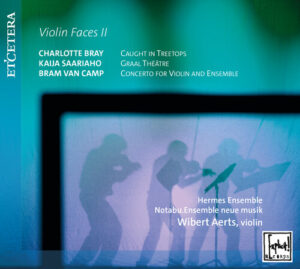
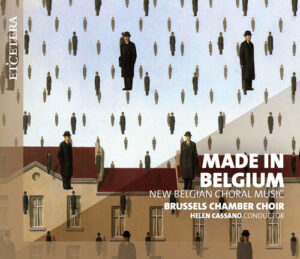
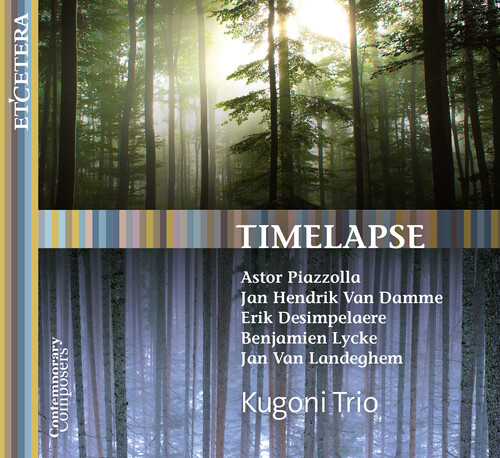

Reviews
There are no reviews yet.